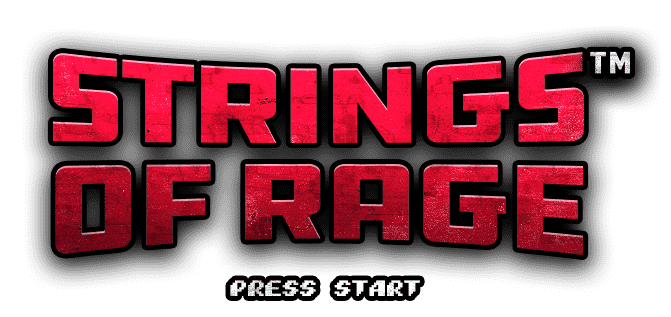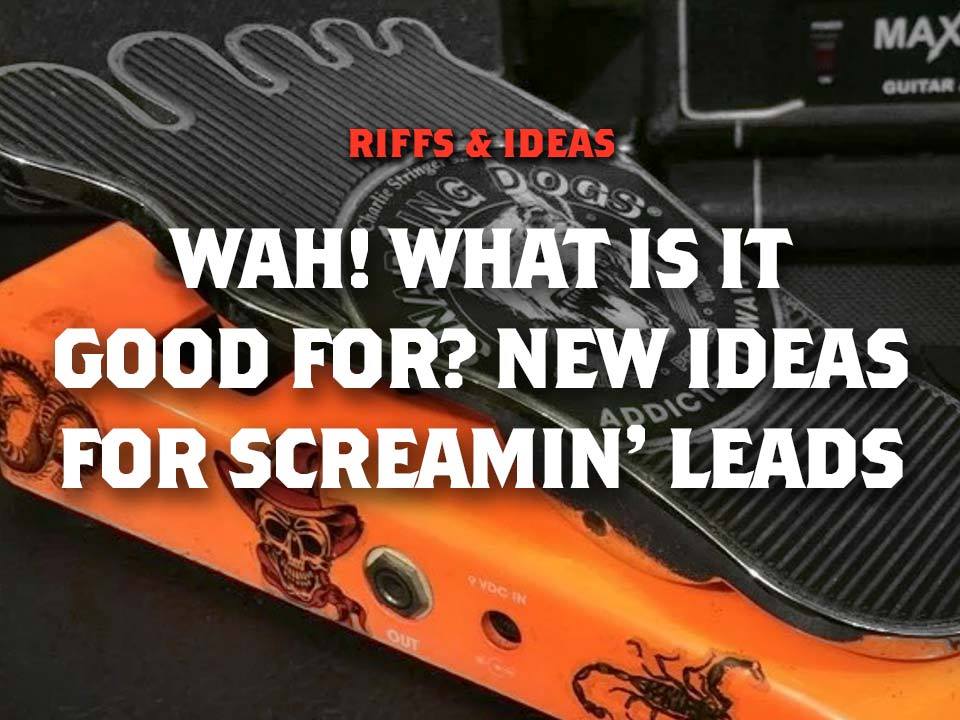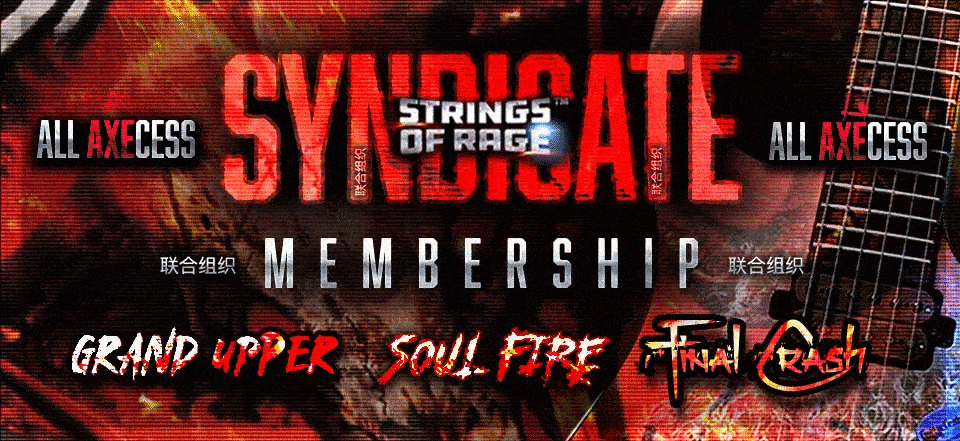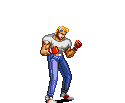Hello! Today we’re going to look at a few different ways you can add some extra interest to a solo, chord progression or riff by using a wah-wah pedal. The Wah is a truly classic pedal, however, even now, there’s still many reasons to have this formidable pedal in your effects arsenal!
There are various makes and models of ‘wah’ out there. The Dunlop ‘Crybaby’ is probably the best known. There’s also the Morley ‘Bad Horsie’, the Boss ‘V-wah’ and the Snarling Dogs ‘Fire Bawl’ (See cover image) to name just a few. I personally use an Ibanez ‘Weeping Demon’.
Let’s go through some examples of how the wah effect can be used, how it works and some examples of songs which use it.
How does it work?
Wah-wah is a “filter” effect. It works as a bandpass filter and alters the EQ of your guitar signal by boosting and lowering the frequencies. In the “heel down” position you are boosting the lower frequencies, around 300hz and lowering the higher frequencies. In the “toe down” position you boost the mid/high frequencies, around 2-3khz and the lows are brought down slightly.
Traditionally wah pedals were mechanical, however some of the modern ones use an infrared sensor.
Wah in music
Below are a few songs which use the wah effect in different ways, check them out if you need inspiration!
Voodoo Chile – Jimi Hendrix
Bulls on Parade – Rage Against the Machine
Tales of Brave Ulysses – Cream
Wah wah – George Harrison
Theme from “Shaft” – Isaac Hayes
Bad Horsie – Steve Vai
Wherever I May Roam – Metalica
Surfing with the Alien – Joe Satriani
How to do it
There are a few different ways you can use the pedal, rocking it back and forth to a rhythm can give you a really groovy feel similar to “Bulls on Parade” (See video below). You can also use the wah just on specific notes to emphasis them and get a screaming lead type of sound. Check out the solo in Wherever I May Roam by Metalica for examples of this.
Another method is to turn on the wah and leave it in one position, basically using it like a boost. This can work well if you’ve gone from playing rhythm in to a solo and need to “cut through” the mix a bit more.
For a more funky sound you can combine muted chord sounds with the wah such as the intro to Voodoo Chile by Jimi Hendrix or the theme music from the TV show Shaft.
Examples
Here are a few examples of how you can implement the wah pedal.
Tapping
The first example is a simple tapping lick, I’m tapping the notes of BMaj7 on the B string and then moving down to the G String an playing the same sequence, giving us GMaj7. The wah is being used to create a slow sweeping feel.
Clean Chords
The second example is a clean chord progression, I’m rocking back and forth on the pedal in time to the beat. The chords are DMaj7, C#m7 back and forth and then I move up to E7 and F#m7.
Checkout this post for more on 7th chords.
Improvised wah lead
Here’s that same progression but for a bit of fun I put an improvised lead over the top! The chords above are the IV, III, V and VI chords of the key, meaning we’re in A Major.
Crunch Rhythm
Finally a slightly heavier example. I’m keeping it pretty simple and using the wah to add an interesting vibe to it. The chords are all power chords: A5, G5, A5, C5 and Bb5, the key is F Major. Since I’m resolving to the III Chord (A), the A Phrygian mode will work well if you feel like improvising over the top.
Final Thoughts
The best way to learn how to make use of this effect is to have a go! If you have a wah sat collecting dust maybe now is the time to clean it off and see what you can come up with! If you don’t have one try visiting your local music shop(s) and ask if you can try one (or several) out!
For some final inspiration check out the video below for the Rage Against the Machine song Bulls on Parade:










No Comment